Potting mix
Klea
11 years ago
Related Stories
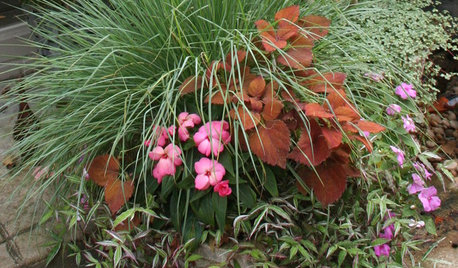
CONTAINER GARDENSContainer Garden Basics: Mix Textures to Catch the Eye
A mix of textures makes for potted gardens where each plant has a special role to play
Full Story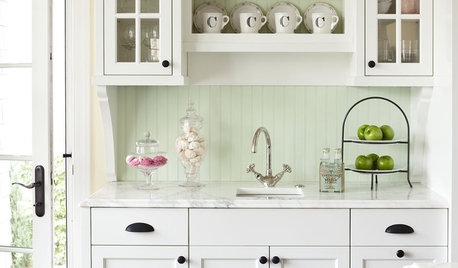
KITCHEN DESIGNHow to Mix Metal Finishes in the Kitchen
Leave matchy-matchy to the catalogs and let your kitchen's personality shine with a mix of metals for hardware and fixtures
Full Story
TASTEMAKERSA New Decorating Book Celebrates Expert Style Mixing
Old-world classic, traditional and modern elements harmonize in Stephen Sills' gift-worthy new decorating book
Full Story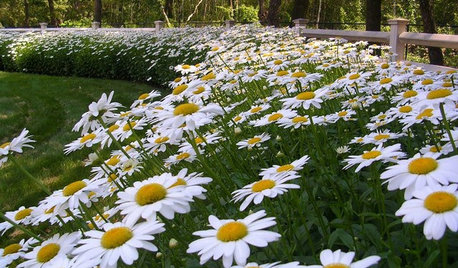
GARDENING GUIDESMix or Mass Daisies for Two Great Garden Looks
The classic daisy looks equally beautiful massed in borders or mixed throughout a naturalistic planting. Which look suits your style?
Full Story
GARDENING GUIDESVegetables and Flowers Mix in Beautiful Edible Gardens
Ornamentals, meet your edible garden mates. We know you'll get along just beautifully
Full Story
KITCHEN DESIGNMix and Match Kitchen Materials for a Knockout Design
Give your kitchen unexpected flavor by combining wood, stone, glass and more. Here’s how to get the mix right
Full Story
KITCHEN DESIGNNew This Week: 2 Kitchens That Show How to Mix Materials
See how these kitchens combine textures, colors and materials into a harmonious whole
Full Story
BEFORE AND AFTERSMixing Vintage and Modern in an Urban Family Kitchen
See an ad hoc kitchen become full of character, hipness and — above all — function
Full Story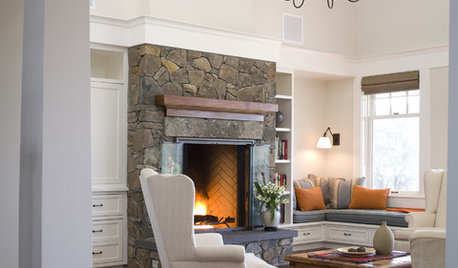
FURNITUREHow to Mix Wood Furniture Finishes
Furniture doesn't need to match to look good; add character and charm to your home with mismatched — but complementary — tones
Full Story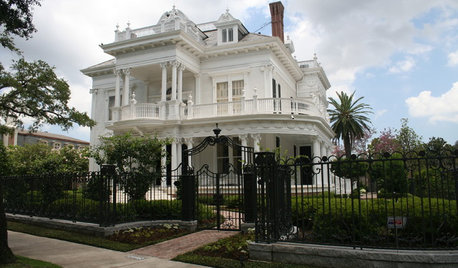
ARCHITECTURECity View: New Orleans Style Mixes It Up
Always ready for a party and a parade, this Louisiana city also counts history, varied cultures and a resilient spirit among its influences
Full StoryMore Discussions






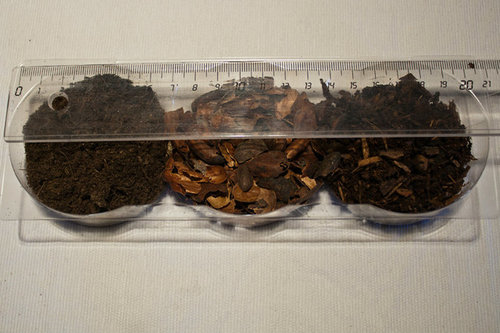
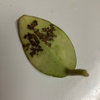
mdahms1979
KleaOriginal Author
Related Professionals
Carlisle Landscape Architects & Landscape Designers · Citrus Heights Landscape Architects & Landscape Designers · Owings Mills Landscape Architects & Landscape Designers · Berkley Landscape Contractors · Costa Mesa Landscape Contractors · Del Aire Landscape Contractors · Fair Lawn Landscape Contractors · Fort Myers Landscape Contractors · Hawaii Landscape Contractors · Rockwall Landscape Contractors · Salem Landscape Contractors · Wallingford Landscape Contractors · West Covina Landscape Contractors · West Orange Landscape Contractors · Norridge Landscape ContractorsDenise
Denise
mdahms1979
John.49
KleaOriginal Author
Denise
amber_m
KleaOriginal Author
mdahms1979
tingtingeling
KleaOriginal Author
KleaOriginal Author
tingtingeling
KleaOriginal Author